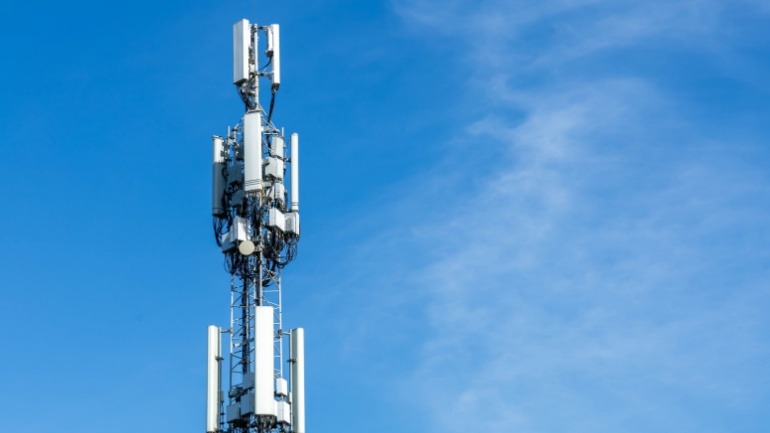Argentina is set to expand its 5G services by freeing up additional spectrum. This move represents a significant step in the country’s digital infrastructure development. Recently, the government confirmed it would make available 150 megahertz for these services by reallocating 100 MHz from the state company Arsat and 50 MHz from the telecommunications regulator Enacom.
This spectrum release is primarily within the 3.5 GHz band, a critical frequency range for 5G technology. Manuel Adorni, the presidential spokesperson, mentioned that this initiative aims to boost telecommunications investments in Argentina. The focus is shifting towards reducing privileges for public companies, potentially opening new avenues for private sector investments.
Last year, the Argentine government conducted a spectrum auction for 5G services. Major telecom operators, including Claro, Movistar, and Personal, participated, raising $875 million. Although this amount was shy of the projected $1.05 billion, it signifies the market’s readiness to invest in 5G deployment. Claro, linked to America’s América Móvil, purchased a 100 MHz block for $350 million. Similarly, Personal acquired the same spectrum size, while Movistar, owned by Spain’s Telefónica, obtained a 50 MHz block for $175 million.
These operators are making strides in bringing 5G to consumers. Currently, Personal and Movistar offer 5G in select urban areas, while Claro collaborates with Nokia to deploy its infrastructure. Personal boasts of being the first carrier to launch standalone 5G technology in Argentina’s Buenos Aires metropolitan area, planning to stretch its footprint to 260 sites nationwide by year-end.
The telecommunications association GSMA anticipates rapid growth in 5G uptake. It projects that subscribers will climb from 5.7 million in 2025 to 34.7 million by 2030. By then, nearly half of the Argentine population is expected to access 5G services, with network coverage extending to 84% of the population.







